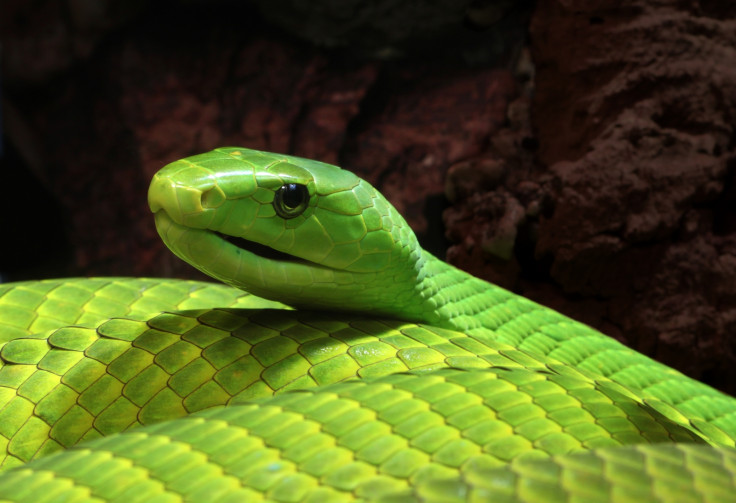Extract from deadly green mamba venom offers hope for incurable genetic kidney disease
Polycystic kidney disease affects up to 17.5 million people worldwide.

A molecule found in the venom of the green mamba snake has been shown to improve kidney cysts in mice. The venom extract could be developed as a drug for polycystic kidney disease (PKD) in humans, for which there is no effective, long-term treatment at the moment.
Snakebite is a debilitating illness in much of the tropics. In Sub-Saharan Africa alone, more than 30,000 people a year die from snakebite. But the components of snake venom are also keenly researched for their potential therapeutic benefits – if individual venom molecules are used in moderation. Venom molecules have been identified as potential painkillers and drugs for use after heart attacks.
Now a venom component has been found to effectively reduce the symptoms of a genetic kidney disease. PKD is a condition where fluid-filled cysts grow in the kidneys. As they grow they can distort the shape of the kidney, and eventually cause kidney failure and death in both children and adults. The condition affects up to 17.5 million people worldwide, according to PKD international.
A class of drugs called vasopressin antagonists are used to treat the disease, but they have severe side effects and can cause liver damage.
A study in the journal PNAS has now found that a peptide called mambaquaretin-1 can block one of the crucial receptors that causes the disease, type 2 vasopressin receptor. The study treated mice with kidney cysts for 99 days, and at the end of the trial period, their cysts had reduced in size and many had gone completely.
"No satisfactory therapy for PKDs has yet been developed despite huge efforts for more than 30 years," the authors, led by Justyna Ciolek of the University of Paris-Saclay, write in the study.
The green mamba peptide blocks type-2 vasopressin receptor. While other treatments target the same receptors, the mamba venom peptide was particularly effective, fully blocking the receptor and cutting short three of the disease-causing pathways associated with symptoms.
Mice treated with mambaquaretin-1 had a third fewer cysts than mice given no treatment. The cysts were also about half the size than in mice that didn't get the drug.
As the venom extract was highly selective for type-2 vasopressin receptor, and as there was no observed toxicity in the liver or elsewhere in mice, the peptide "could become the preferential treatment for these disorders", the authors conclude.
© Copyright IBTimes 2025. All rights reserved.






















